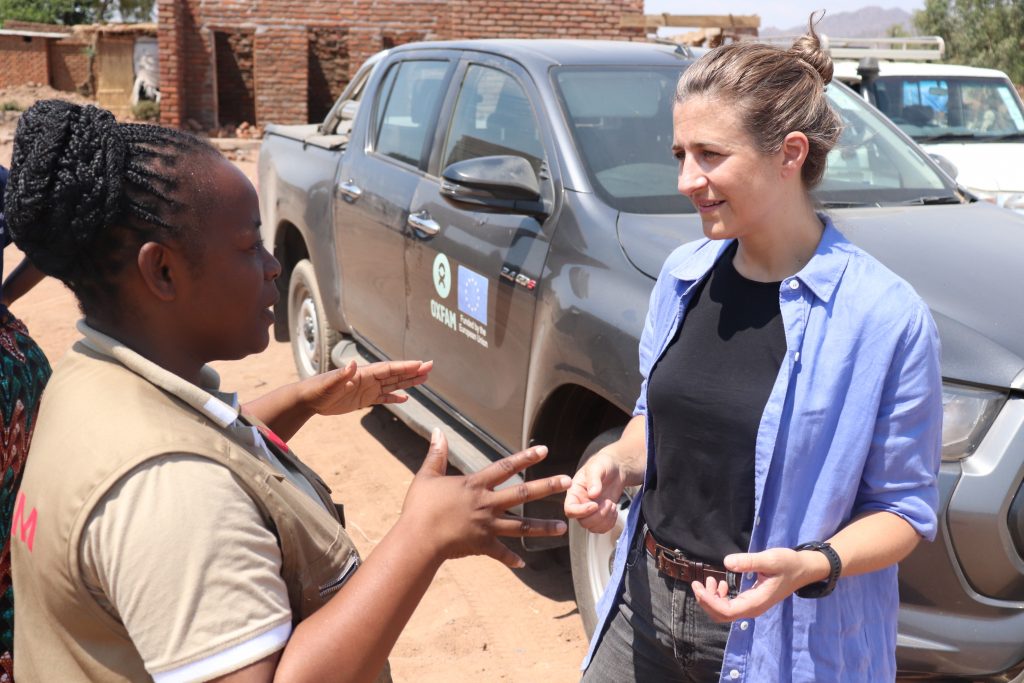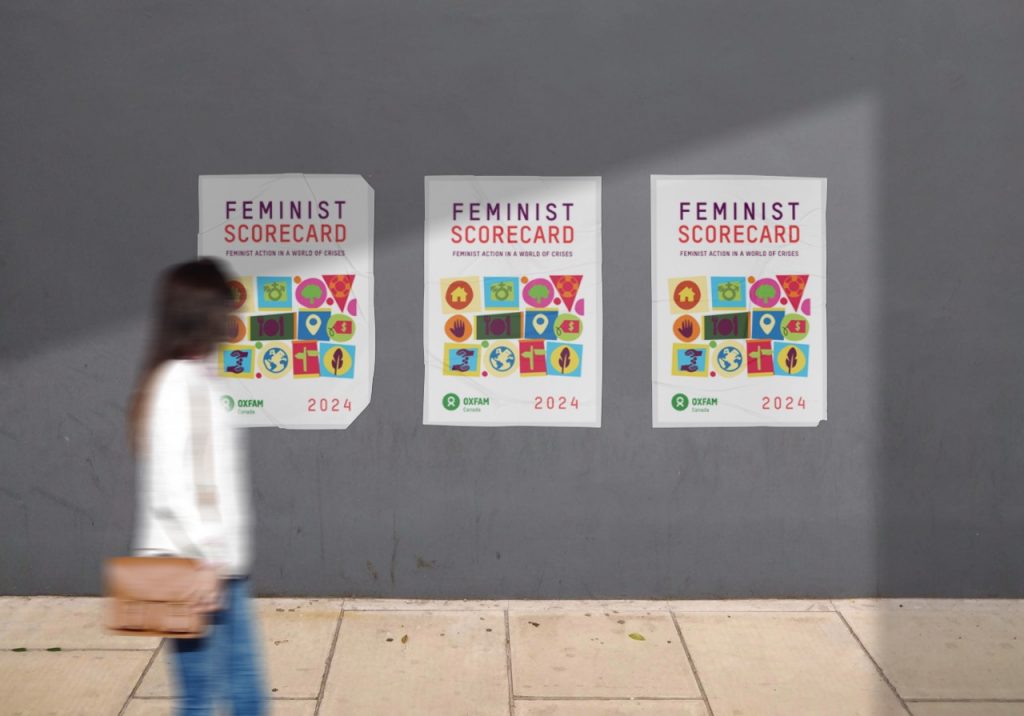Infographic: The vocabulary of hunger crises, explained
by Anna Kramer, Oxfam America
Recently, a friend of mine almost got into trouble with the US government. As he returned home from a few months of humanitarian work in a Middle Eastern country, the immigration officers at the airport kept questioning him about his job.
“It was strange,” he told me. “For some reason, they thought I was some kind of armed guard. They even asked if I carried a gun.”
“Why?” I asked. “After all, your job was to make sure families weren’t going hungry.”
“I don’t know,” he said, puzzled. “I told them I specialized in food security.”
That’s when the light dawned—the immigration officers had heard the word “security” and assumed it meant something completely different. And it’s exactly because of misperceptions like this that Oxfam created this infographic, below. We wanted to unpack terms like “food security” and “acute food and livelihood crisis”: words that are much-used by experts in the field, yet little understood by the rest of us.
Food security, for example, has nothing to do with guarding food. Instead, it refers to the condition “when all people at all times have access to sufficient, safe, nutritious food to meet their dietary needs for an active and healthy life.” Food insecurity means people have trouble maintaining their basic needs, such as getting enough drinking water or eating an adequate amount of calories. The scale of a hunger crisis increases in severity from there: at its worst, it’s called a famine.
These concepts aren’t abstract. They are today’s headlines. Take South Sudan, where violence that erupted in mid-December 2013 has sent more than a million people fleeing for their lives. As a result, 7 million people are at risk of food insecurity right now. And an estimated 1.25 million children under the age of five will need immediate nutrition services by June. Oxfam is responding to this crisis by providing clean water, safe sanitation, food, cash, and other essentials.
When it comes to hunger, understanding is action. If we actually know what “food insecurity” means for people living through it, we feel more motivated to help. The abstract becomes real. And that’s important.
So take a look at the graphic, let us know what you think, and help spread the word.

